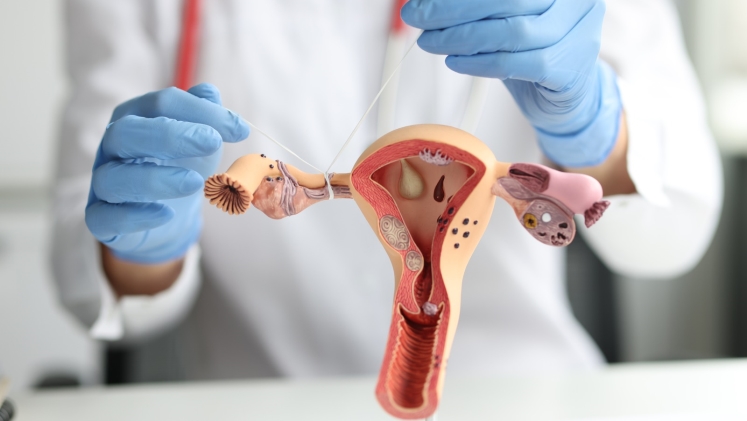Introduction
Tubal ligation, commonly referred to as “having your tubes tied,” is a permanent form of birth control that many women opt for when they no longer wish to have children. However, life circumstances can change, leading some individuals to explore options for pregnancy after undergoing tubal ligation. While it’s considered a highly effective method of contraception, there are still possibilities for pregnancy post-tubal ligation. In this article, we’ll explore the various options for those considering pregnancy after their tubes have been cut and burned.
Understanding Tubal Ligation
Tubal ligation is a surgical procedure that involves blocking, cutting, or sealing the fallopian tubes to prevent the passage of eggs from the ovaries to the uterus. Once this procedure is done, it is generally considered a permanent form of contraception, and pregnancy is unlikely. However, there are several methods and options available for those looking to conceive after tubal ligation.
Reversal of Tubal Ligation
Tubal ligation reversal, or tubal reanastomosis, is a surgical procedure that attempts to reconnect the fallopian tubes. The success of this procedure depends on various factors, including the method used for tubal ligation, the type of damage to the fallopian tubes, and the woman’s age. Success rates can vary, but in some cases, the procedure allows for a return to fertility.
In Vitro Fertilization (IVF)
In vitro fertilization is an assisted reproductive technology that involves collecting eggs and sperm and fertilizing them outside the body. The resulting embryos are then implanted directly into the uterus. IVF can be a successful option for women who have had their tubes tied since it bypasses the fallopian tubes altogether. It is often considered a more reliable option compared to tubal ligation reversal.
Gestational Surrogacy
In cases where a woman is unable to carry a pregnancy due to the permanent effects of tubal ligation, gestational surrogacy is an option. With gestational surrogacy, another woman, known as the surrogate, carries the pregnancy to term using the intended parents’ genetic material. This method allows individuals to become biological parents despite the obstacles presented by tubal ligation.
Exploring Your Options
If you’re considering pregnancy after tubal ligation, it’s crucial to consult with a healthcare provider or a fertility specialist. They can help you assess your specific situation, discuss your options, and determine the most suitable path forward. Keep in mind that the success of these methods can vary based on individual factors, and the process may involve medical, financial, and emotional considerations.
Conclusion
Pregnancy after tubal ligation is possible, thanks to various medical procedures and fertility treatments. While tubal ligation is generally considered a permanent form of contraception, it’s important to explore your options carefully and seek the guidance of medical professionals to determine the best approach for your unique circumstances. Whether through tubal ligation reversal, in vitro fertilization, or gestational surrogacy, individuals who have undergone tubal ligation have avenues to pursue their desire for parenthood.


